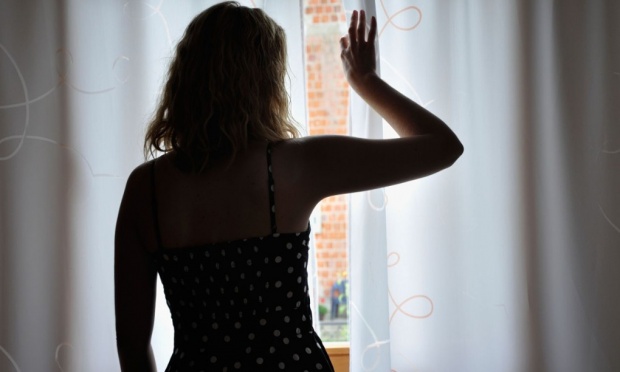Child Sex Abuse Royal Commission Calls for $4.38bn National Compensation Scheme
By Helen Davidson
A $4.38bn nationally run scheme with no fixed end date is the “ideal” proposal for giving appropriate redress to victims of institutional child sexual abuse, the royal commission has found, but it would be impossible without the full support of every Australian government. On Friday the royal commission released its consultation paper on redress and civil litigation at a public hearing to seek input for its final report this year. The 310-page paper said: “Although the primary responsibility for the sexual abuse of an individual lies with the abuser and the institution they were part of, we cannot avoid the conclusion that the problems faced by many people who have been abused are the responsibility of our entire society.” “This broad social failure to protect children across a number of generations makes clear the pressing need to provide avenues through which survivors can obtain appropriate redress for past abuse.” Institutional schemes were identified as the quickest and easiest to set up, but the commission found that victims often did not want to deal with the institution where they were abused, and in some cases – such as Parramatta Girls Home and other places of detention or care of children – the facility or the organisation no longer existed. Governments would inevitably be involved in these schemes, having run many of the institutions investigated by the commission, but the preferred national scheme would require “substantial government leadership”, the commission found. “The ideal position for survivors would be a single national redress scheme led by the Australian government and with the participation of state and territory governments and non-government institutions,” the paper said. “If there are to be state and territory schemes, there may be benefit in establishing a national advisory body to share information, encourage consistency, advise on implementation and discuss any concerns raised about particular schemes.“ The commission is now seeking the views of governments. There were three main elements to a redress scheme, the paper said. “A direct personal response” from the institution, if the victim wanted one, including apologies and meetings with senior people Full and adequate therapeutic and psychological care Monetary redress “as a tangible means of recognising the wrong survivors have suffered” Modelling estimated there would be more than 44,500 potential claimants against non-government institutions and more than 20,400 against government institutions. The commission estimated compensation would amount to $4.38bn from both government ($1.29bn) and non-government institutions ($3.09bn), with the vast majority of the money paid out over the next five years. It made its funding calculations based on an average $65,000 payment, taking into account administration costs and payments already made. Where an institution no longer existed, modelling based on the government funding redress as a “last resort” found its portion would increase to $1.97bn. Existing redress schemes have been under the microscope at commission hearings, such as the Catholic church’s Towards Healing program. The church was accused of using it to try to “silence and control” victims. Many institutional and government redress schemes have been inconsistent – both within themselves and comparatively – on compensation. Data obtained by the commission showed government, non-government and overseas schemes had paid out very different amounts. The Queensland government scheme had the lowest average payment of $13,000. The 7,168 payments ranged from $7,000 to $40,000. The Irish Residential Institutions Redress scheme had made 15,547 payments, the commission found, at an average of about $89,000 – the highest examined by the paper. By comparison, Towards Healing made 881 redress payments, at an average of $48,300, still higher than the Catholic church’s Melbourne Response scheme, which averaged $38,800 across 310 payments. At a hearing in March last year it was revealed that the Sydney Catholic archdiocese controlled more than $1.24bn in assets and turned over an enormous annual surplus, but had paid less than $8m to victims of clerical abuse from 214 complaints since 2001. Penny Savidis, of the Victorian legal firm Ryan Carlisle Thomas said institutions should be compelled to contribute to a national fund. “It’s only right and fair that those religious and government institutions that contributed to the abuse through their inaction contribute to the funding of such a scheme,” she said. The Truth Justice and Healing council, which represents the Catholic church during the royal commission, has previously called for a mandatory national scheme, operated by the government but funded by institutions. In contrast, the Salvation Army said in August that while it would support compensation schemes for victims, it “would resist having to contribute” to its funding unless it had some authority over staffing, decision-making and the ability to question costs. In another submission to the commission at the same time, the Uniting church gave support for a national and uniform externally operated scheme, to remove an institution’s responsibility for investigating itself. It said state-level redress schemes had been a “bitter experience” for survivors.
|
.
Any original material on these pages is copyright © BishopAccountability.org 2004. Reproduce freely with attribution.
